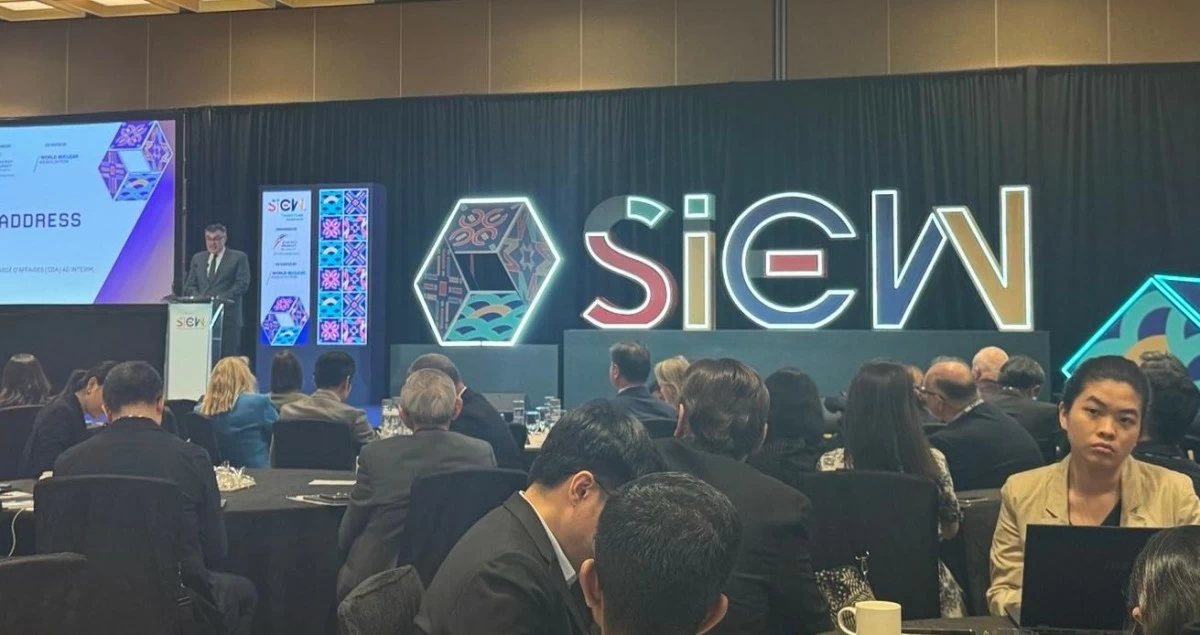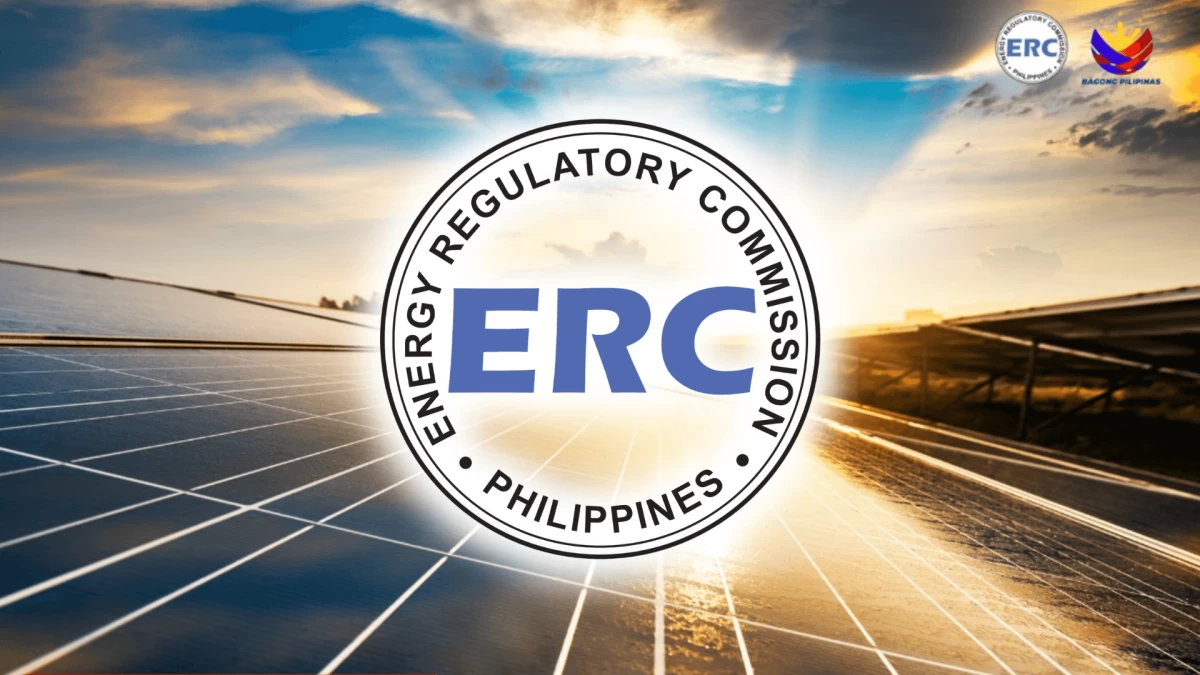
Upgrade to High-Speed Internet for only ₱1499/month!
Enjoy up to 100 Mbps fiber broadband, perfect for browsing, streaming, and gaming.
Visit Suniway.ph to learn

US Deputy Chief of Mission and Chargé d’Affaires Graham Maye at the Singapore International Energy Week
The United States (US) has issued warning that the increasing dominance of China and Russia in the global nuclear power industry—particularly in the construction and operation of new nuclear reactors—may heighten safety risks and trigger major vulnerabilities for countries relying on this technology to secure their future energy supplies.
At the recently concluded Singapore International Energy Week, US Deputy Chief of Mission and Chargé d’Affaires Graham Mayer forthrightly stated that the world’s growing reliance on China and Russia for nuclear technologies threatens to erode decades of hard-won global safeguards.
“Dependency on China and Russia puts at risk the high international standards for nuclear safety, security, and non-proliferation that the United States and partners have upheld and championed for over 65 years,” he stressed.
He emphasized that the peril lies in how China and Russia would typically wield ‘economic coercion and influence’ as geostrategic weapons, thus shackling countries to their energy technologies and tightening the chains of dependency in global markets. Similar to how Russia weaponized gas supplies during the war in Ukraine, he said, “it’s not hard to imagine that Russia will take the same approach in nuclear fuel and related equipment and supplies.”
With more than 100 nuclear reactors that are either in operation, under construction, or already approved for commercial development, China has also entrenched itself as a global nuclear powerhouse, now touted as the Asian superpower poised to shape the world’s atomic future.
Mayer highlighted that since 2017, “87 percent of new nuclear builds worldwide had been Russian and Chinese reactors,” adding that “this presents serious challenges to our shared vision of a secure and resilient energy future for the United States and its partners.”
He thus noted, “the shift in the global nuclear energy landscape is a wake-up call for all of us; it underscores the urgent need for continued leadership of the United States and its partners in this critical sector—including in Southeast Asia.”
The US has been actively backing the nuclear ambitions of key Asian nations, including Indonesia, Kazakhstan, Malaysia, the Philippines, and Thailand, as part of its effort to shape a stable and secure energy future in the region. Yet, in broadening collaboration with ally-countries, he reiterated that with the influx of nuclear projects using Chinese and Russian reactors, “we face significant challenges in the changing global nuclear energy landscape.”
In the Philippines, many private power producers gravitate toward Chinese technologies for their power installations, drawn by lower costs compared with Western alternatives. It remains to be seen whether Philippine power firms will continue favoring cheaper Chinese reactors once they commit to nuclear investments, and if the country’s safety regulations can withstand the risks posed by their future technology choices.
Mayer qualified that governments worldwide, including in Southeast Asia, are eyeing nuclear technology not just for energy security, but as a cornerstone for securing AI, data centers, advanced manufacturing, critical supply chains, and next-generation technological solutions.
He asserted, though, that “the decisions we make now will not just shape energy mixes, but will have implications for sovereignty, resilience, and the governance standards that will shape the life of our children and grandchildren.”

 7 hours ago
3
7 hours ago
3



